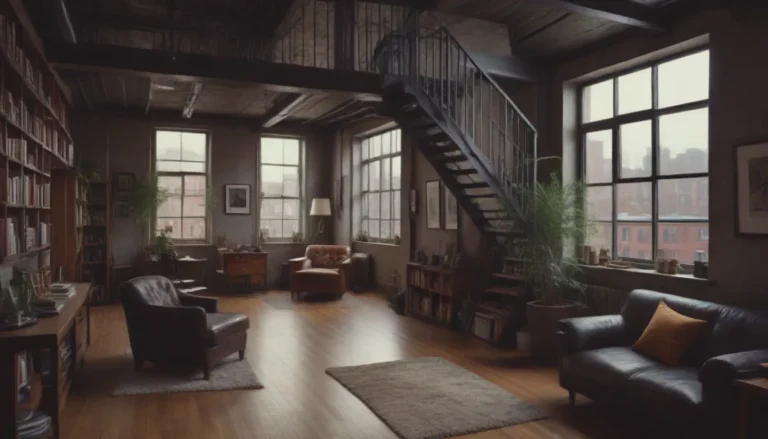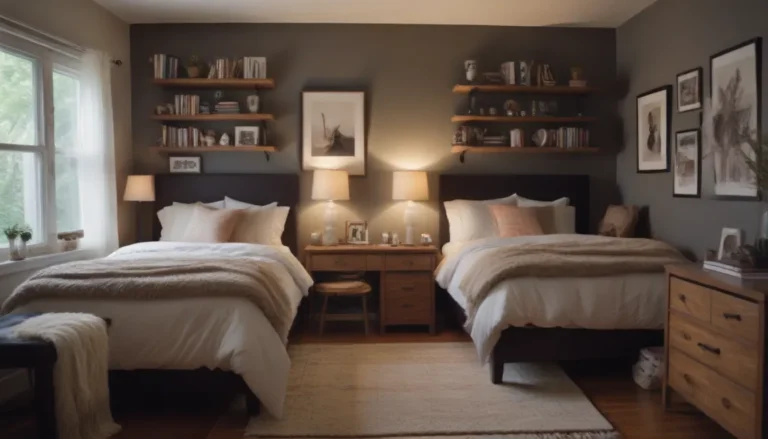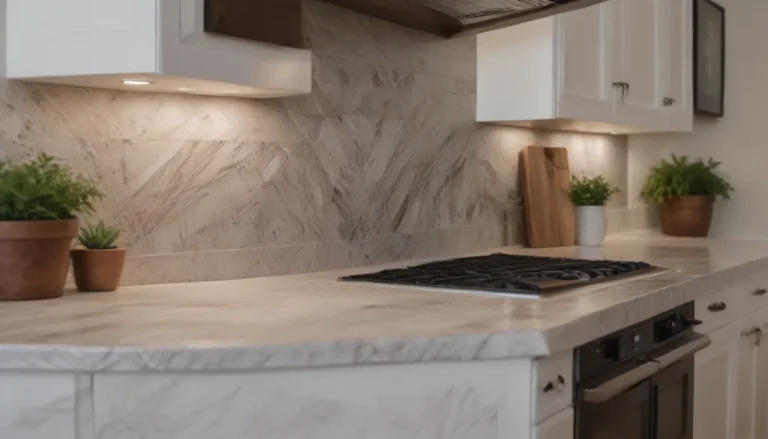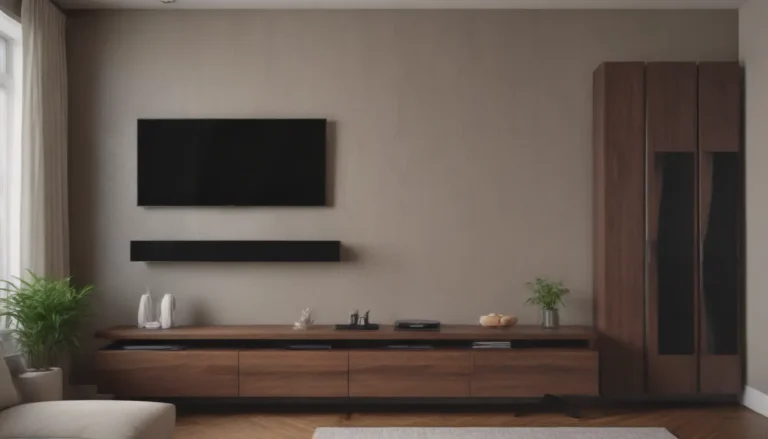How to Avoid Common Furniture Arranging Mistakes

Decorating can be a fun and exciting process, but it can also be overwhelming, especially when it comes to arranging furniture. Knowing where to place each piece can make a big difference in how a room looks and feels. In this article, we will discuss some common furniture arranging mistakes and provide tips on how to avoid them. By following these suggestions, you can create a space that is both functional and visually appealing.
Not Considering Conversation Areas
One of the most important things to consider when arranging furniture is creating conversation areas. No one wants to shout across the room or strain their neck to talk to someone. When setting up your living room, make sure that sofas and chairs are arranged in a way that allows for easy conversation. Consider creating multiple conversation areas in larger spaces to accommodate different activities and group sizes.
- Tips for creating conversation areas:
- Place seating no more than 8 feet apart.
- Use rugs to define individual conversation zones.
- Include side tables for setting down drinks or books.
Pushing Furniture Against the Walls
It may seem counterintuitive, but pushing all your furniture up against the walls can actually make a room feel smaller. Instead, try pulling furniture away from the walls to create a more intimate and balanced space. This will also give your room a more cohesive and inviting feel.
- Tips for arranging furniture away from walls:
- Create a focal point in the center of the room.
- Use area rugs to anchor furniture groupings.
- Leave space between furniture pieces for better flow.
Ignoring Practicality
When arranging furniture, it’s important to consider how you use the space on a daily basis. Do you like to put your feet up on the coffee table? Do you eat meals in the living room? Make sure to arrange your furniture in a way that is practical and functional for your lifestyle.
- Practical furniture arranging tips:
- Position tables within easy reach of seating.
- Consider storage options for magazines, remotes, and other items.
- Choose durable and easy-to-clean materials for high-traffic areas.
Decorating Around More Than One Focal Point
Every room should have a focal point that draws the eye and anchors the space. Having more than one focal point can create visual clutter and make a room feel chaotic. Whether it’s a fireplace, a piece of art, or a statement piece of furniture, focus on highlighting one main focal point in each room.
- Tips for creating a focal point:
- Use lighting to highlight artwork or architectural features.
- Arrange seating around the focal point to create a cohesive look.
- Keep other decor simple to let the focal point shine.
Ignoring the Importance of Traffic Flow
When arranging furniture, don’t forget to consider how people will move through the space. Avoid blocking pathways or creating obstacles that can make it difficult to navigate the room. Make sure there is clear walking paths and that furniture placement allows for easy movement.
- Tips for ensuring good traffic flow:
- Leave at least 3 feet of space for walking paths.
- Arrange furniture to allow for easy movement between seating areas.
- Consider the natural flow of the room when placing furniture.
Lack of Balance
Balance is key when arranging furniture in a room. Too much furniture on one side can make a space feel lopsided and unbalanced. Distribute furniture evenly throughout the room to create a sense of harmony and symmetry.
- Tips for achieving balance:
- Use pairs of furniture to create visual symmetry.
- Mix and match furniture styles for a more eclectic look.
- Consider the scale and proportion of each piece when arranging.
Blocking Windows
Natural light is an important element in any room, so it’s essential to avoid blocking windows with furniture. Windows provide light and views that can make a space feel brighter and more open. If you have to place furniture in front of windows, use mirrors and lighting to maximize natural light.
- Tips for maximizing natural light:
- Use sheer curtains to allow light to filter through.
- Position mirrors opposite windows to reflect light into the room.
- Incorporate lighting fixtures to supplement natural light.
No Activity Zones
When arranging furniture, consider the different activities that take place in the room. Whether it’s watching TV, working on art projects, or reading a book, make sure there are designated areas for each activity. This will ensure that the space is functional and meets the needs of everyone in the household.
- Tips for creating activity zones:
- Define specific areas for different activities.
- Provide appropriate seating and lighting for each zone.
- Keep the layout flexible to accommodate changing needs.
By avoiding these common furniture arranging mistakes and following these tips, you can create a well-designed and functional space that reflects your personal style and meets your lifestyle needs. Remember to consider the size and scale of your furniture, the traffic flow in the room, and the overall feel you want to achieve. With a little planning and creativity, you can transform any space into a stylish and inviting environment that you’ll love to spend time in.





